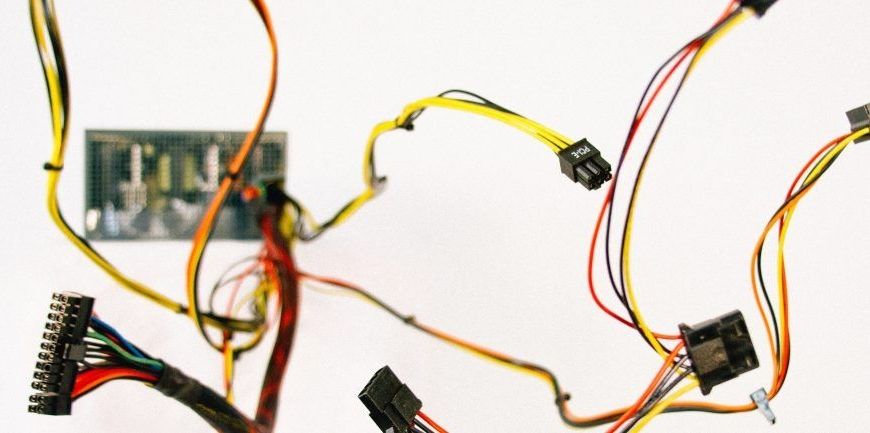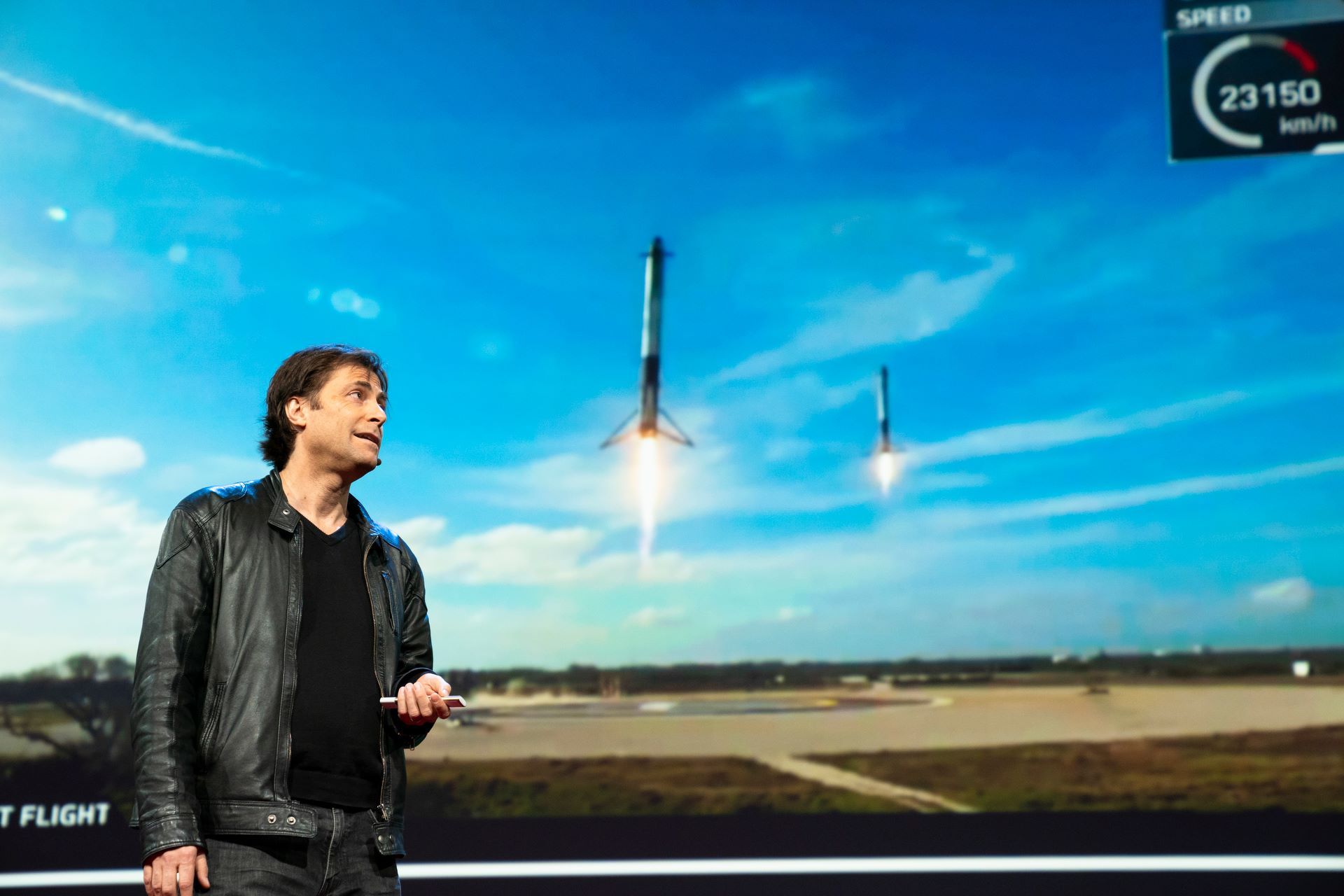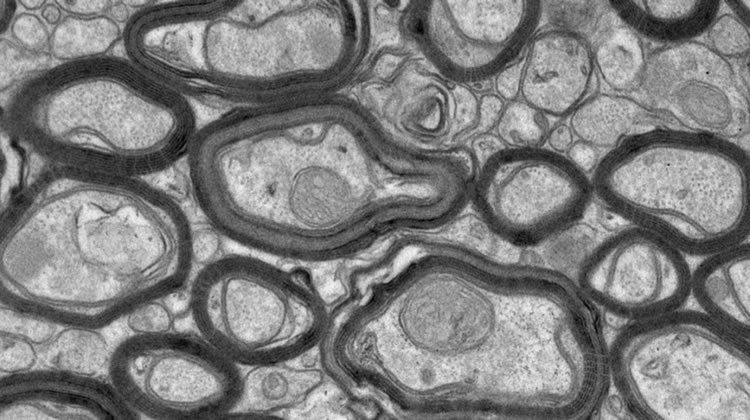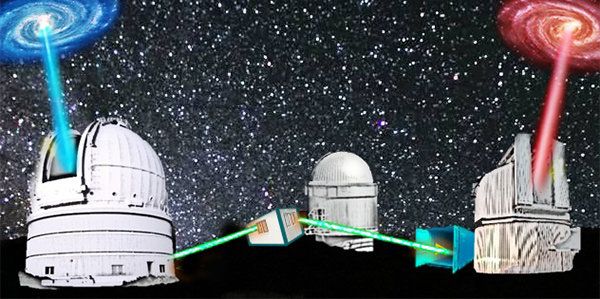Aug 28, 2018
AI and the HR Professional
Posted by Steve Nichols in categories: economics, employment, information science, policy, robotics/AI
The World Economic Forum suggests we are on the cusp of a Fourth Industrial Revolution driven by ‘ubiquitous automation, big data and artificial intelligence’. The Institute for Public Policy Research, however, says that “despite the growing capability of robots and artificial intelligence (AI), we are not on the cusp of a ‘post-human’ economy.”
IPPR suggests that an estimated 60 percent of occupations have at least 30 percent of activities which could be automated with already-proven technologies. As tasks are automated, work is likely to be redefined, focusing on areas of human comparative advantage over machines.
The CIPD point out that “new technology has changed many more jobs than it has destroyed, and it does not destroy work. Overall, the biggest advanced industrialized economies have between them created over 50 million jobs, a rise of nearly 20 percent, over the past 20 years despite huge economic and technological disruptions.”

















